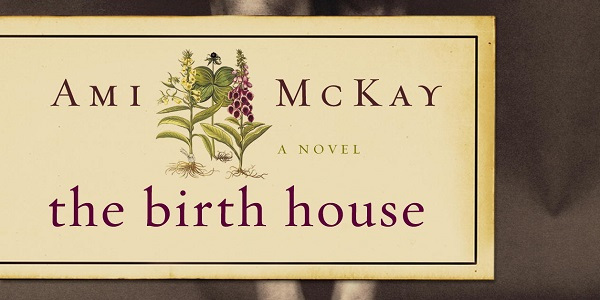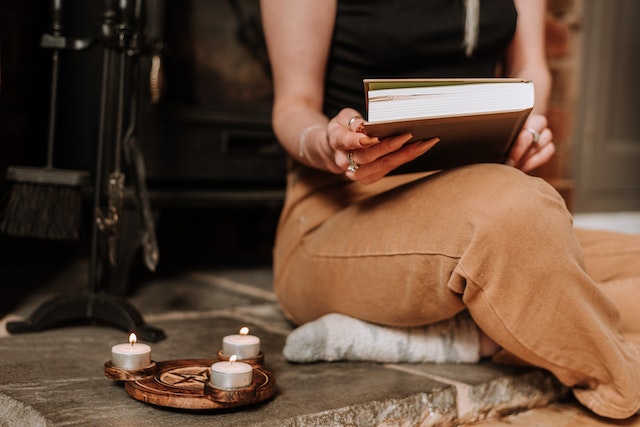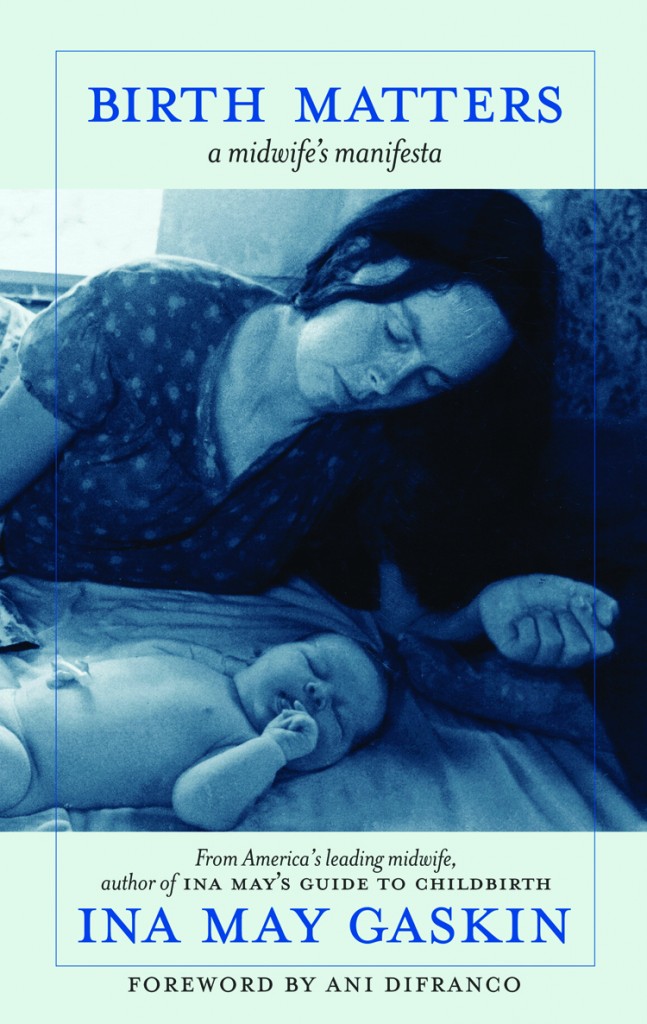The Birth House follows the life of Dora Rare, who lives in a small and slightly isolated village off the coast of Nova Scotia, around the time of World War I. Dora, a young adolescent, is the first girl to be born in many generations of the Rare family genealogy. This alone gives the town enough rumors to spread about her and her family.
But when family circumstances force her to choose between staying with her “proper” aunt Fran or the local midwife Miss Babineau for the winter, she chooses to stay with the midwife. Rumors and stories abound.
Many of the local townspeople view Miss Babineau, and now Dora, as witches or something of the like, and most keep their distance from the both of them; that is until a child is sick, a woman has gynecological concerns, or a baby is being born into the world. In all of those instances, the townspeople come running to Miss Babineau for help, and soon to Dora as well.
The Art of Midwifery
The Birth House gives an enchanting example of how the practices of traditional midwifery were passed on from generation to generation. Being a midwife, which means “with woman”, was not and is not just about catching babies.
\In this story, traditional midwifery takes on a role for women that meets their needs and far exceeds the medical model of care. Miss Babineau does much more for the community than attend labors. Her wisdom abounds in many areas such as mixing up syrups and herbs for the sick that bring down fevers and soothe sore throats and coughs.
Politics and Society
Through this story, we also see a political attack against midwifery and a societal misunderstanding of this traditional art. Gilbert Thomas, a medical doctor from a nearby town, continually threatens Dora and Miss Babineau with a prosecution. He feels it is a crime to give birth at home when he has established a “superior facility” that is “safe” for women to give birth in.
I couldn’t help but feel connected to this story as it presented a belief that is still present in the United States healthcare system today.
Tough Issues
In the beginning, The Birth House may seem to be only about birth and midwifery in general, but the author of this novel, Ami McKay, does an amazing job of challenging her readers to confront many other tough issues through this story as well. Emotional and political topics such as abortion, contraception, war, pre-marital intimacy, and maternal and infant death are broached through an extremely personal point of view.
Overall, The Birth House is a story about controversies of humanity that are not unlike those we face today, midwifery being the central theme. The Birth house carries over the reality of discrimination that midwifery has faced for centuries. Traditional midwives today receive much of the same treatment toward their profession. They are attacked by the medical community, misunderstood by the public, and made out to be useless and old fashioned. The Birth House also shows us the holistic approach that is traditional midwifery and it’s impact upon the community as a whole.
I couldn’t help but be drawn into the personal life and journey of Dora Rare. She probably couldn’t have run from her “calling” to be a midwife if she tried. The suspense only grew as I hung onto every word; I couldn’t wait to turn the page and find out what was going to happen to Dora next, wishing and hoping that her freedom to practice the art of midwifery would be spared and all would end well. I hope that the inspiring story of The Birth House will strengthen your heart for midwifery, past, and present, as it did me.
* I was not paid or compensated in any way for writing this review. The Birth House, a novel, was lent out to me by a friend. I did not pay for this book (though I do plan to buy a copy!)


